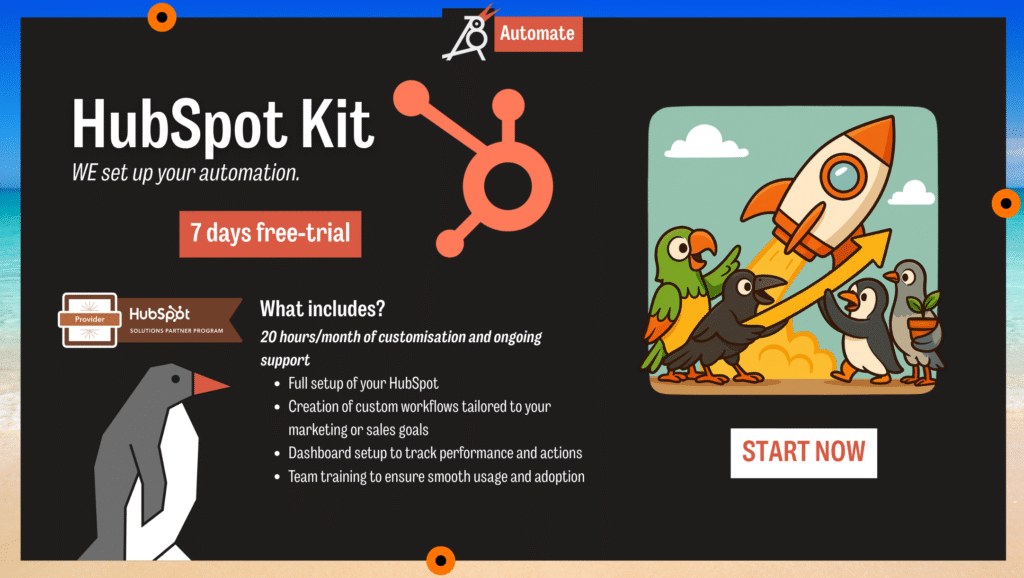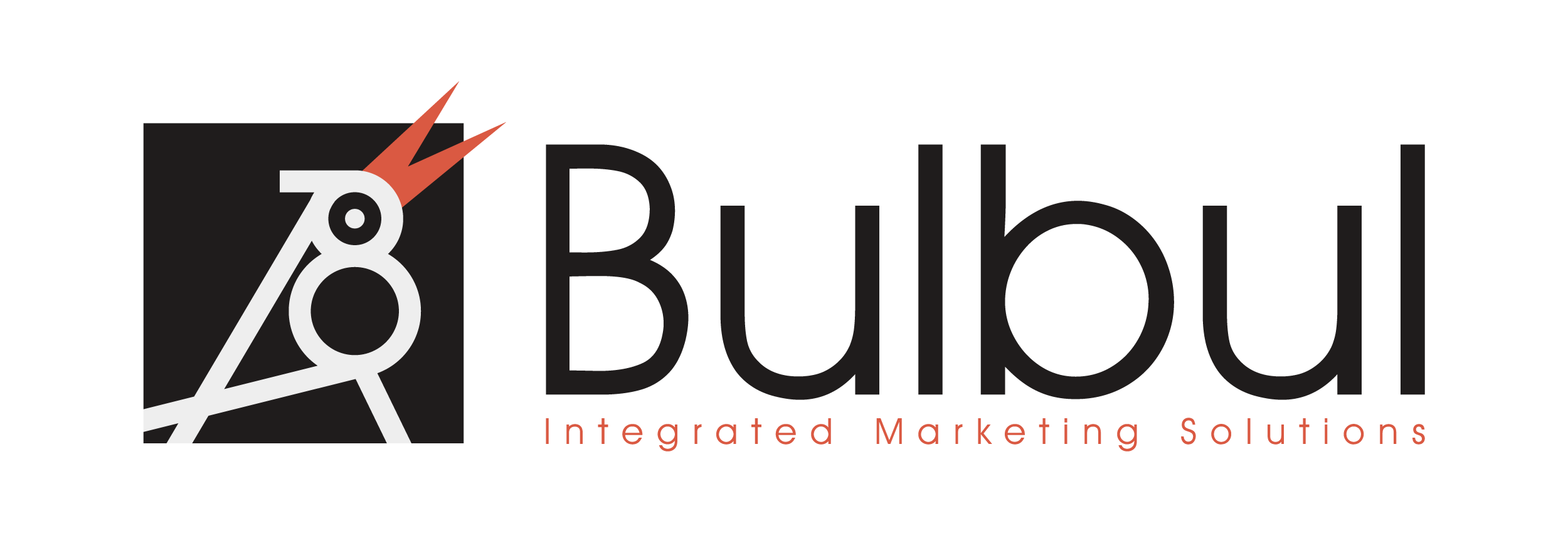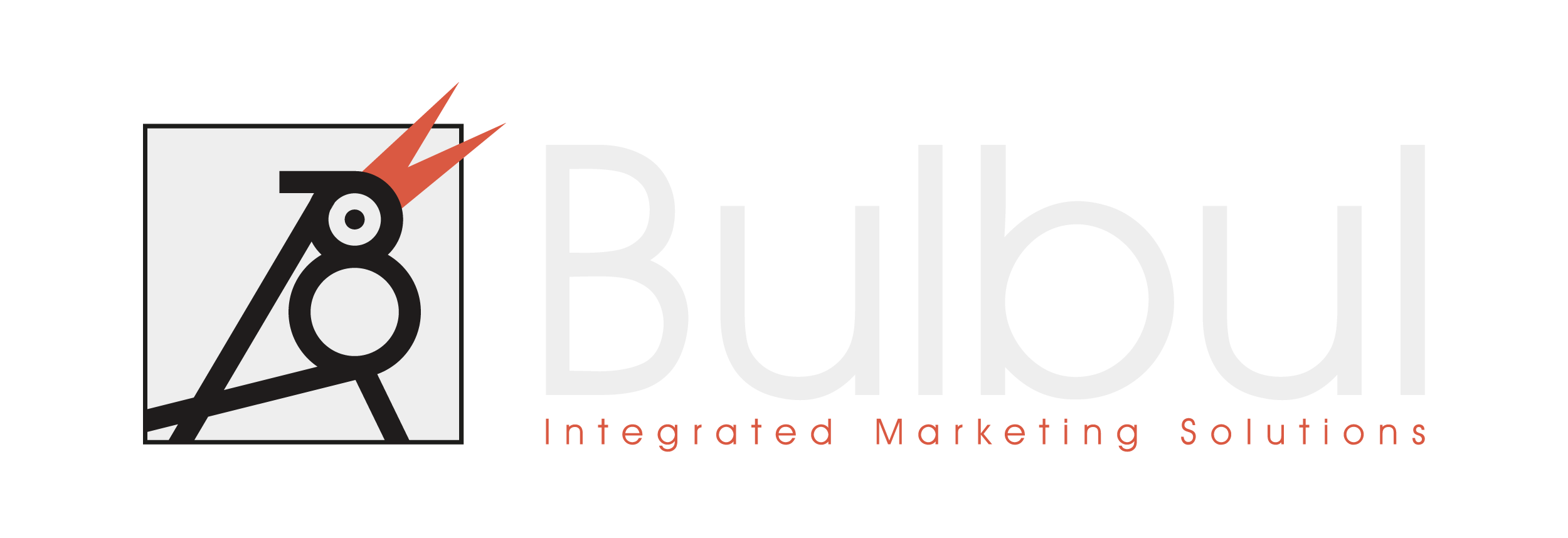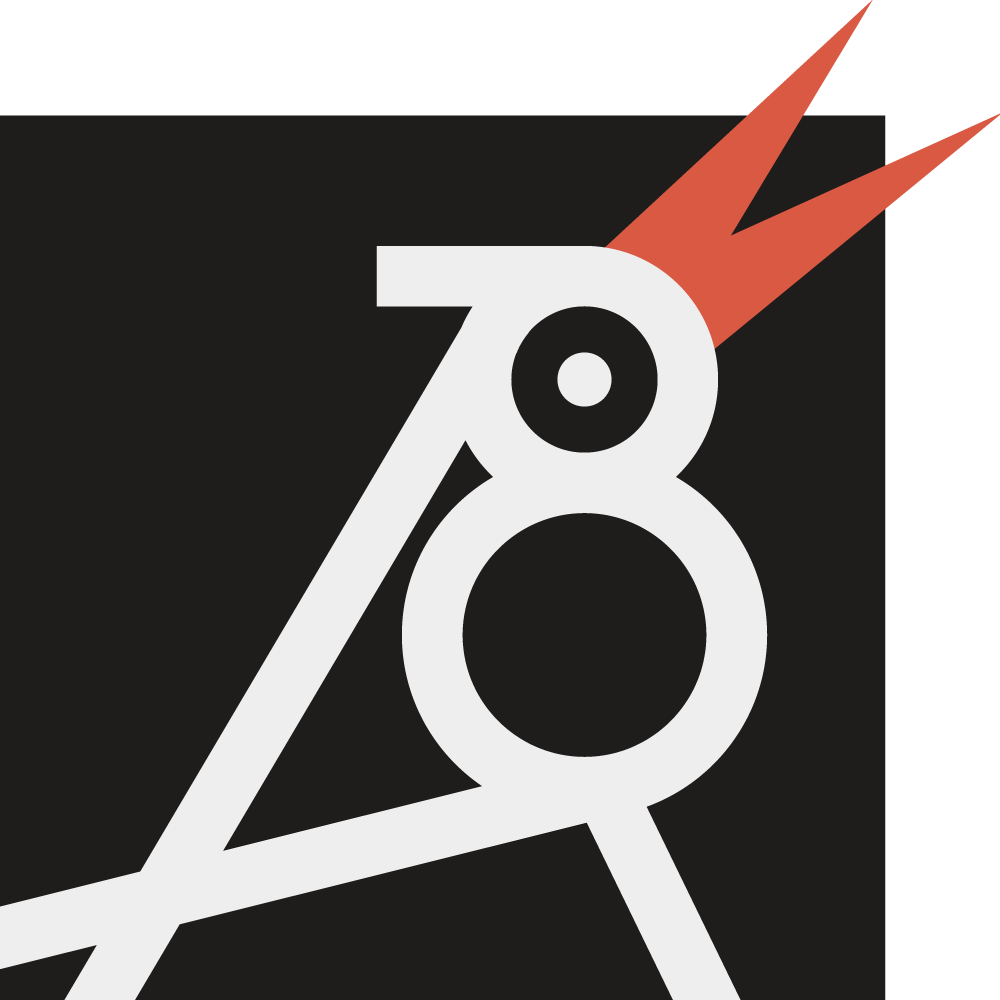HubSpot CRM for Startups: Impress Investors and Build a Sales Machine

Raising funds is tough. But convincing investors you’re organised, data-driven and scalable? That’s even tougher. For early-stage startups, a CRM isn’t just a tool — it’s a signal. And HubSpot CRM for startups is one of the clearest signals you can send that you’re ready to grow.
In this article, we’ll explore how HubSpot’s CRM capabilities help startups build sales clarity, manage leads effectively, and generate the kinds of reports that investors love. From first contact to forecasting, you’ll see why CRM excellence is no longer a nice-to-have — it’s essential.
Why HubSpot CRM for Startups Matters
HubSpot CRM for startups refers to using HubSpot’s customer relationship management tools to structure and scale revenue-generating activities from day one.
Early-stage startups often rely on chaotic spreadsheets or scattered tools. That creates risk — not just in lost leads, but in lost trust. Investors want to see:
- A clear sales pipeline
- Lead movement by stage
- Reliable data on deal volume
- Predictable growth trends
HubSpot gives startups the structure, automation, and visibility to deliver on those expectations — even with lean teams.
Checklist: What Investors Look for in Your CRM
Here’s what a seed or Series A investor expects from your CRM setup:
🔲 Centralised contact data
🔲 Active startup sales pipeline
🔲 Lead qualification logic
🔲 Activity history (calls, emails, meetings)
🔲 Conversion rates by lifecycle stage
🔲 Forecast accuracy
🔲 Reporting that updates in real time
Pro Tip: Use HubSpot’s default lifecycle stages (lead, MQL, SQL, opportunity, customer) — investors are used to this structure.
CRM Reporting for Investors: Show Your Traction
CRM reporting for investors is the art of translating your pipeline activity into compelling growth narratives.
With HubSpot’s built-in dashboards, you can:
- Show pipeline velocity
- Highlight top-converting lead sources
- Present CAC (customer acquisition cost) trends
- Break down close rates per rep or channel
- Generate month-over-month forecast graphs
These reports aren’t just internal tools — they’re pitch deck gold.
Note: Use HubSpot’s “Forecast” dashboard to visually support your traction slide during investor meetings.
Build a Sales Pipeline That Grows with You
Your startup sales pipeline doesn’t need to be complex — but it must be consistent. HubSpot helps you design deal stages that match your real sales cycle, not a theoretical one.
Typical pipeline stages might include:
- New inbound lead
- Discovery call booked
- Demo scheduled
- Proposal sent
- Verbal commit
- Closed won/lost
With drag-and-drop stages, task reminders, and integrated Gmail/Outlook sync, HubSpot enables solo founders and small teams to track deals with precision.
Insight: A structured pipeline gives investors confidence that your growth is repeatable — not accidental.
Lead Management That Feeds Real-Time Forecasting
Investors hate surprises. That’s why early-stage lead management must flow into forecasting tools — automatically.
HubSpot enables you to:
- Auto-assign lifecycle stages based on behaviour
- Segment contacts by source, intent, or channel
- Score leads based on engagement
- Trigger workflows when leads reach key milestones
These features feed into forecasting tools for startups, helping you:
- Estimate revenue for next 30–90 days
- Spot deal risk early
- Plan hiring around growth
- Set realistic investor milestones
Quick Setup: HubSpot CRM in Your First 7 Days
You don’t need a big team or long rollout to get value from HubSpot. Here’s a fast setup for startups:
| Day | Action | Tool |
|---|---|---|
| 1 | Create pipeline & deal stages | CRM → Sales Pipelines |
| 2 | Import contacts & tag investors | Contacts → Import |
| 3 | Connect Gmail/Outlook & calendar | Settings → Integrations |
| 4 | Set lifecycle stages & lead scoring | Contacts → Properties |
| 5 | Create key dashboards | Reports → Dashboards |
| 6 | Build 2 automation workflows | Workflows |
| 7 | Share first CRM report with team or investor | Reports → Export/Share |
Pro Tip: Use HubSpot’s “Deals by Stage” dashboard to show pipeline momentum at your next investor update.
FAQs: What Startup Founders Ask About HubSpot CRM
❓ Is HubSpot CRM free for startups?
Yes — the core CRM is free. Most startups begin with the free plan and upgrade to Sales Hub or Marketing Hub as they grow.
❓ Can HubSpot CRM help with investor reporting?
Absolutely. Its dashboards and forecast tools provide real-time data on leads, revenue, and funnel efficiency — essential for investor trust.
❓ What makes HubSpot better than using spreadsheets?
Spreadsheets are passive. HubSpot is dynamic: it tracks activity, automates follow-ups, and gives structure to your pipeline.
❓ Do I need a marketing team to use HubSpot CRM?
No. It’s designed for solo founders and lean teams — with no-code workflows and intuitive UI.
Final Thoughts: CRM as Your Signal of Readiness
In early-stage fundraising, signals matter. A working product, a growing user base — and a CRM that shows how you manage it all.
HubSpot CRM for startups sends a clear message:
“We know our numbers. We track every lead. We’re ready to grow — and we can prove it.”
Whether you’re raising capital or just want to scale with structure, this is the CRM that gives you investor-grade clarity and operational control.
Ready to Build a CRM That Impresses?
Bulbul helps founders set up HubSpot CRM the right way — fast, lean, and investor-ready.


🤝 Bulbul is an official HubSpot Solutions Provider, strengthening our expertise in HubSpot automation for startups and fast-growing teams.



Comments are closed.